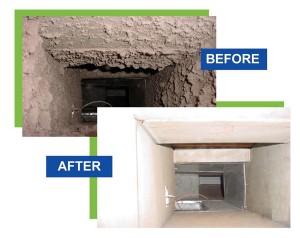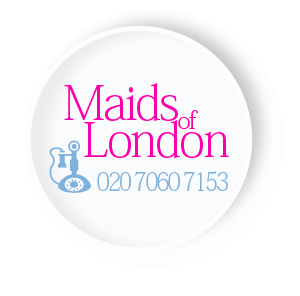
If you’re reading this article, then the chance is that you are one of the increasing number of people who have had the air duct systems at their home cleaned. That’s all good – you’ve probably felt some relief from the allergies and other symptoms of polluted indoor air that have been plaguing you, but that’s just not enough. If you leave things like that, the air ducts will soon be dirty again, and you’ll find yourself suffering again. Here are some steps you should follow to ensure that your air ducts don’t get contaminated.
1. You have to prevent the entry of dirt in the ducts.
- consult with the system’s manufacturers on what kind of filters you should use
- change them regularly
- if they get clogged, change them more frequently
- place the filters firmly in their place so that air can’t pass through any gaps and make sure you’ve put them all
- when you have your system maintenance, don’t forget to ask for a cooling coils and drain pans cleaning
- if you decide to renovate your home, seal off all opening and do not remove the seals until you’ve cleaned the house
- don’t let your home become dusty. Don’t forget that vacuuming increases the dust in the air and that can result in more dust in the air ducts
2. You have to prevent the air ducts from moisture.
The duct should never be wet. If you wish to prevent any growths in there, control the moisture.
It’s relatively easy for it to enter the system if there are any leaks present – usually caused by improper installation. Condensation is suggested to be a major factor in contaminating the air ducts, if some form on or near the cooling coils. If you spot any, there’s little doubt that the mould is already growing. If you don’t want that happening, here are some tips on how to control moisture:
- look for and repair any damage, leaks and gaps
- keep an eye on the cooling coils, as they are supposed to keep the water from the air and if there’s anything wrong with them, then the chance that the ducts are contaminated is high. See if the condensate pan works
- check if the air ducts are sealed well in non-air-conditioned areas, as this will help prevent condensation from entering the ducts.
